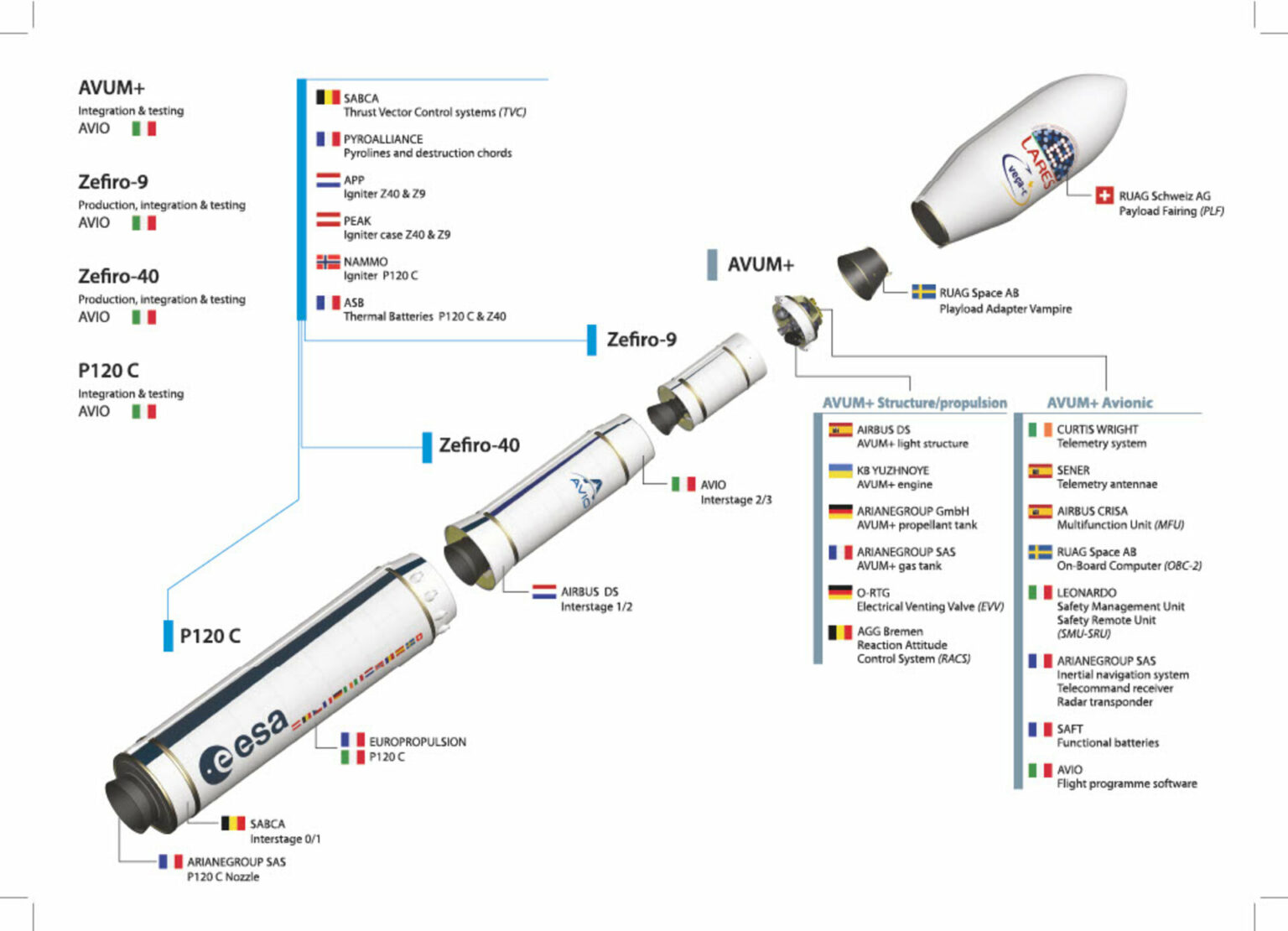Vega-C fails on its first operational launch.
Europe's new small satellite launcher has suffered a failure in its first operational launch since its first successful launch in July 2022. It failed during its second stage burn, which was indicated by an under-pressure sensor reading in that solid stage.
Vega C's role.
In the world where there seems to be hundreds of small satellite launches springing up in the US, Europe needed its own ride to space for small satellites. Vega C was this ride. This was designed to be a more powerful, cheaper and more reliable evolution of the original Vega rocket developed by Avio. This original rocket debuted in 2012 and had a reasonable record of 2 failures spread over 20 launches.
The C stand for commonality which refers to the common P120c solid rocket motor that is both used in the second stage of the Vega C and 2-4 of them are used as strap on boosters for ESA's upcoming Ariane 6 rocket which is a follow up to the successful Ariane 5 that lifted Europe's large Geostationary satellites and impressive sciences missions such as JWST. The Ariane 6 has been delayed for many years, with a current first launch date of Q4 2023, but has managed to secure many commercial contracts such as 18 for Amazon's Kuiper satellite constellation
Another interesting stage that sets Vega C apart is it's Avum+ upper stage which stands for Attitude & Vernier Upper Module+. This is small kick stage that has a small UDMH and NTO engine for precise orbit trimming. The use of hypergolic storable propellants allows for unique tasks to be performed whilst on orbit,


Comments
Post a Comment